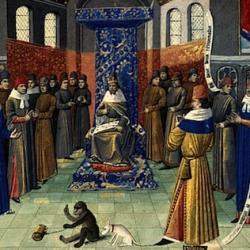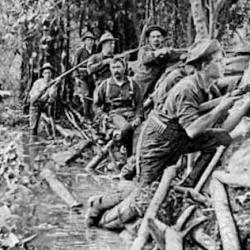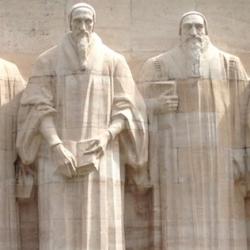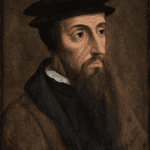Brad Gregory (Unintended Reformation, 130-2) argues that, despite their obvious differences, modern states that allow free religious expression, confessional states, and totalitarian states that suppress religion have a common root. Both assume that the state determines the limits of allowable religion on its own, an assumption that Gregory traces back to late medieval developments, encouraged by the Reformation:
“Because they are also so obviously different—religion as freely permitted, overtly suppressed, or officially mandated, respectively—their common roots in the distant past have usually been overlooked. This hiddenness is compounded if our attention is held captive by modern religious toleration and the free exercise of religion for individuals, which indeed constitutes a major caesura between early modern confessional states and modern liberal ones. Yet if we shift our analytical focus from individuals to institutions and from the recognition of rights to the exercise of power, things appear differently. Whether in Western confessional, liberal, or totalitarian regimes, states control churches: whether they prescribe, permit, or proscribe religion, they do so entirely on their terms, exercising an institutional monopoly of power in the public sphere. Whatever the particularities involved, nonecclesiastical—that is, secular—authorities and the state’s laws are the sovereign arbiters of permissible religious practice and of public morality. No modern Western state lies outside this pattern, which characterizes every polity in Europe and North America today. Historically, the control of the church in ways continuous with contemporary realities began in the late Middle Ages, was transformed and hastened by the Reformation, when the church became the churches, and was essentially accomplished by the second half of the sixteenth century.”
This common assumption remains in place to the present: “Regardless of their leaders’ decisions, nation-states – their bureaucratic reach augmented by the increasingly centralized orchestration of tax revenues, industrial and communications technologies, military power, and police forces – controlled the churches and all expressions of religion with greater effectiveness than had ever been possible during the Reformation era. During the Cold War, this was no less true of the United States than it was of the Soviet Union, despite the radically different ways in which these two nations regarded religion and treated religious believers.”














